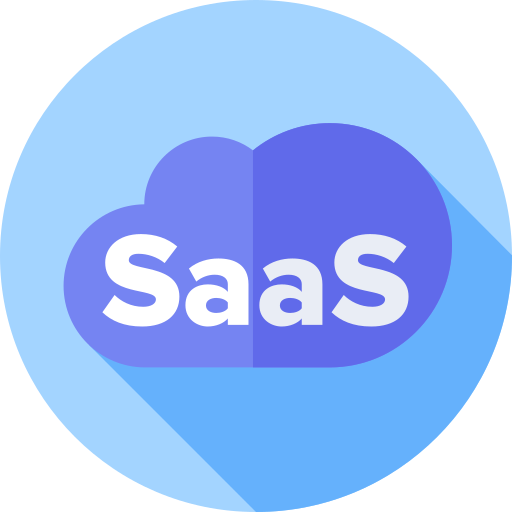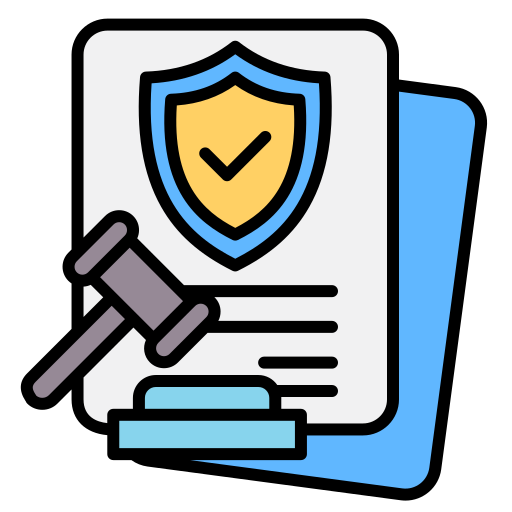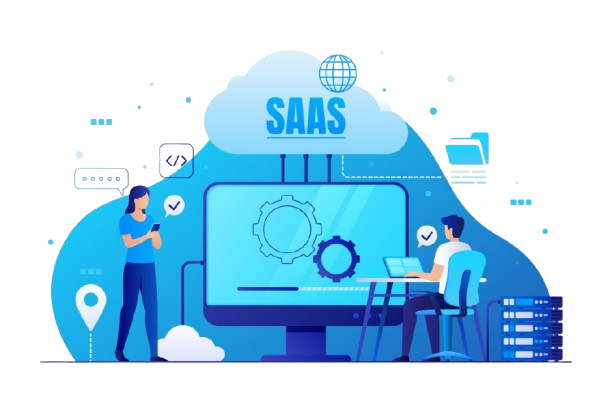The Software as a Service (SaaS) industry has witnessed rapid evolution over the past decade, changing the way businesses operate and manage digital solutions. By 2025, SaaS is projected to become even more influential, with new trends shaping the industry and its offerings. For businesses seeking to stay competitive and future-proof their operations, understanding these trends is essential. Here, SyanSoft Technologies explores the key SaaS trends for 2025 and what they mean for the future of software solutions.

1. Increased Focus on AI-Driven SaaS Solutions
Artificial Intelligence (AI) and machine learning (ML) have already made significant inroads into SaaS, but by 2025, AI-driven SaaS applications are expected to become more advanced and prevalent. These solutions will go beyond simple automation to provide predictive analytics, enhance decision-making, and improve customer experiences in real-time.
Enhanced Customer Insights: AI in SaaS will allow companies to analyze large volumes of data quickly, gaining valuable insights into customer behavior, preferences, and needs.
Automation of Routine Tasks: More SaaS platforms will incorporate AI for workflow automation, freeing up human resources for more strategic tasks.
Personalization at Scale: AI-driven SaaS can offer hyper-personalized experiences for users, boosting engagement and satisfaction.
2.The Rise of Vertical SaaS Solutions
Vertical SaaS solutions—designed to cater to specific industries such as healthcare, finance, or retail—are set to grow in popularity. Unlike horizontal SaaS, which offers general solutions applicable across industries, vertical SaaS provides tailored functionalities, compliance features, and integrations for niche sectors.
Industry-Specific Customization: Tailored software features and solutions address the unique needs of each industry.
Regulatory Compliance: Vertical SaaS often includes built-in compliance with industry regulations, which simplifies operations for sectors like healthcare and finance.
Improved Market Reach: Businesses can achieve better results with software that aligns closely with their operational requirements and workflows.


3. Advanced Security and Compliance Capabilities
As cyber threats continue to evolve, data security and regulatory compliance will remain top priorities for SaaS providers. By 2025, SaaS companies are expected to enhance their security frameworks, offering advanced encryption, multi-factor authentication, and end-to-end compliance capabilities.
Zero-Trust Security Models: More SaaS providers will adopt a zero-trust approach, where access is strictly monitored and verified at every level.
Built-In Compliance Tools: With the rise of global regulations like GDPR, SaaS solutions will come with built-in tools for easier compliance management.
Data Privacy Enhancements: Security innovations will include data masking, real-time threat detection, and regular security audits.
4. Increased Adoption of No-Code and Low-Code Platforms
The demand for faster software deployment and greater accessibility has led to the growth of no-code and low-code platforms. By 2025, more businesses will leverage these platforms to create custom applications without extensive programming knowledge, democratizing software development.
Faster Time-to-Market: No-code and low-code platforms reduce development cycles, allowing businesses to deploy applications rapidly.
Empowering Non-Technical Users: These platforms allow employees from various departments to develop and deploy applications, enhancing agility.

Conclusion
The future of SaaS is poised to be more intelligent, specialized, secure, and accessible than ever before. These trends highlight the potential for SaaS to drive innovation across industries by offering tailored, AI-driven, and secure solutions that adapt to the changing needs of businesses and consumers alike. SyanSoft Technologies is dedicated to staying at the forefront of these trends, providing clients with the insights and tools needed to leverage the best of SaaS technology for 2025 and beyond.
As these trends continue to shape the SaaS industry, businesses that embrace these changes will gain a competitive edge, delivering more value to their customers and achieving operational excellence in an increasingly digital world.

